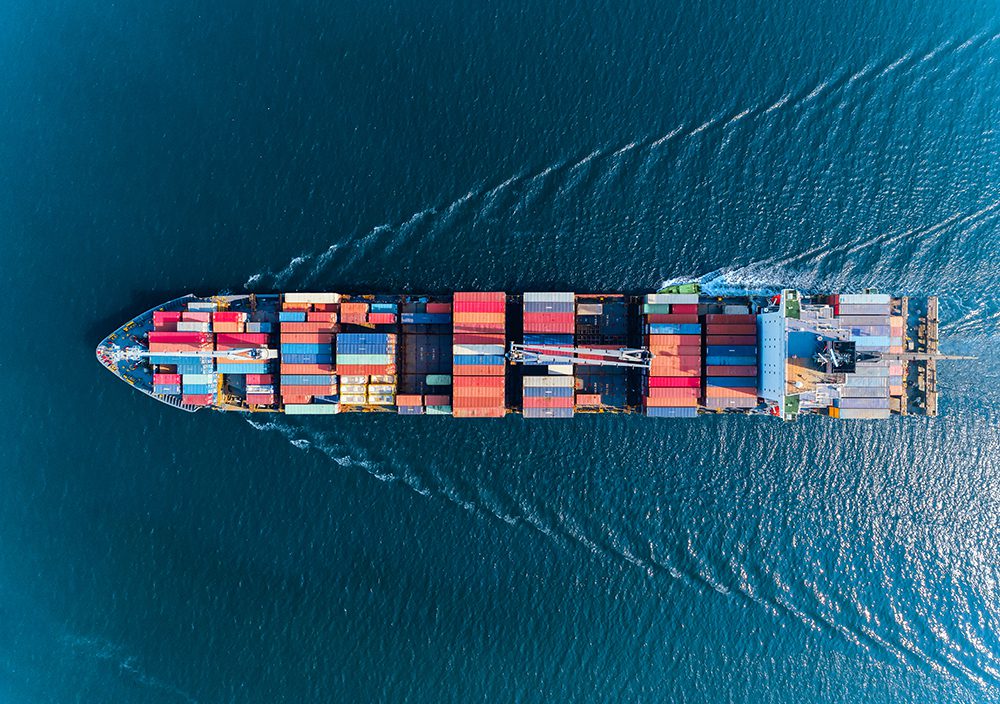Net zero emissions and net zero waste should be viewed as interconnected if we are to meet our climate goals.
Countries are making clear commitments to cut emissions in line with the Paris agreement and ahead of COP26 – the global climate summit this Autumn.
In the run up to COP26 this November, there has been a clear, concerted effort by countries from across the planet to set ambitious climate targets. So far, 124 nations have made pledges to reach net zero emissions.
The new Biden administration has made climate a key priority, rejoining the Paris Climate Agreement and targeting a 50-52% reduction in emissions by 2030. Other global players like China and the EU have also recently raised their ambition to match the urgency of the situation.
The scale of the challenge means that it would be nearly impossible for the world to meet these targets unless business takes a leading role in driving forward the circular economy.
Many of the biggest players are starting to do their part. We’ve seen strong commitments from household names such as Unilever, BP and BlackRock, as well as 21% of the world’s 2,000 largest companies – representing $14 trillion in sales – all setting net zero targets.

However, despite commitments, it is clear more change is needed.
Despite these commitments, more is needed if we will have any hope of keeping within the 1.5C target set in the Paris Agreement. With 2023 on track to see the highest CO2 emissions in modern history, we cannot rely on just doing more of the same, we need to think differently and more creatively on how we can reduce our emissions.
The Intergovernmental Panel on Climate Change – the world’s leading body of climate experts – has warned such an acceleration would put the Paris target all but out of reach. This warning should be a ‘code red’ for us all – governments, businesses and consumers alike – to act.
Even more worryingly, as we’ve seen from the forest fires and flooding in recent weeks, reliance on single solutions such as carbon offsets and tree planting has done very little to change the trajectory of global warming. While these solutions are a good start, we need to implement bigger changes across all industries if we are going to have any real impact.
Forbes has said that the best time to innovate is during times of crisis. Now is the time for businesses to break out of their comfort zones and find new solutions to meet the growing demands for goods and products. For us as business leaders, it is as much about being smart with the materials we use as it is reaching for the technologies of the future.

Companies need to think more widely about how they can reduce their emissions, beyond what their current goals pledge to achieve.
Companies are often focused on their gas and emissions levels, and this is understandable given the discussion around the impact they have on the environment. However, they should not only focus on direct emissions and energy use. Consideration must be given to the resourcing of products, their lifespan and the end of use processing of them.
Here, a crucial concept is to recognize the link between net zero emissions and net zero waste, a core part of our ethos at Agilyx. In short, what this means is rethinking how we create and use plastic products to scale up recycling from the 10% we see now, to 90% in the future.
The environmental difference between the use of virgin plastics and recycled plastics is substantial. In the case of Agilyx’s depolymerization technology, a recent life cycle analysis has shown a 75% CO2 emissions savings in comparison to the production of virgin raw materials and incineration.
Chemical recycling decreases the need to extract virgin resources from forests, oil reserves and mines to create new products and packaging. This in turn means that less energy is consumed in the manufacturing, transporting and packaging of products.
By treating plastic waste as the valuable commodity that it is and reusing it to make new, high-quality goods, we can not only stop it from littering our environment but save a huge amount of CO2emissions in the process. This action, as a part of a broader shift toward net zero emissions and combined with other creative solutions can help us build a more sustainable world.

